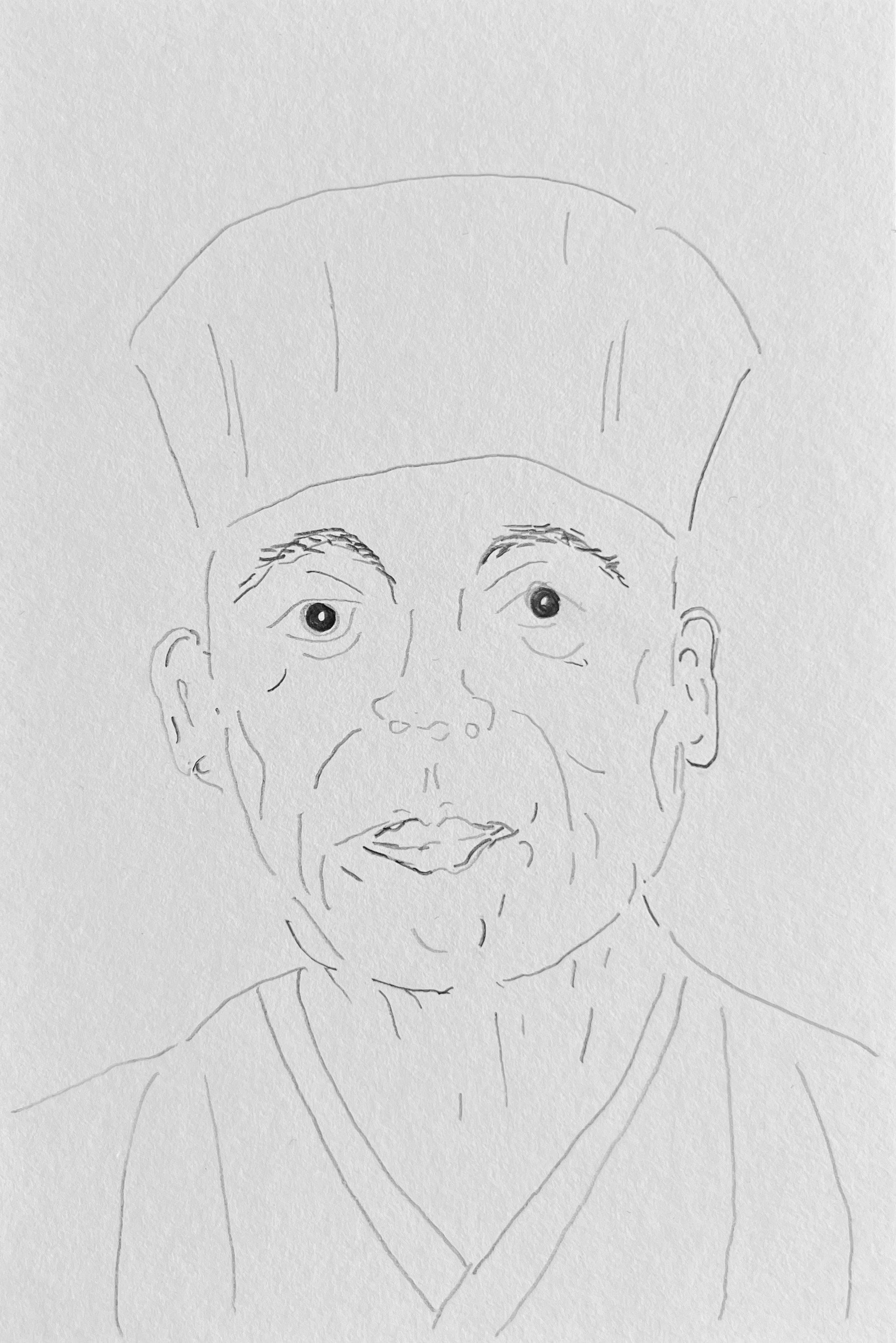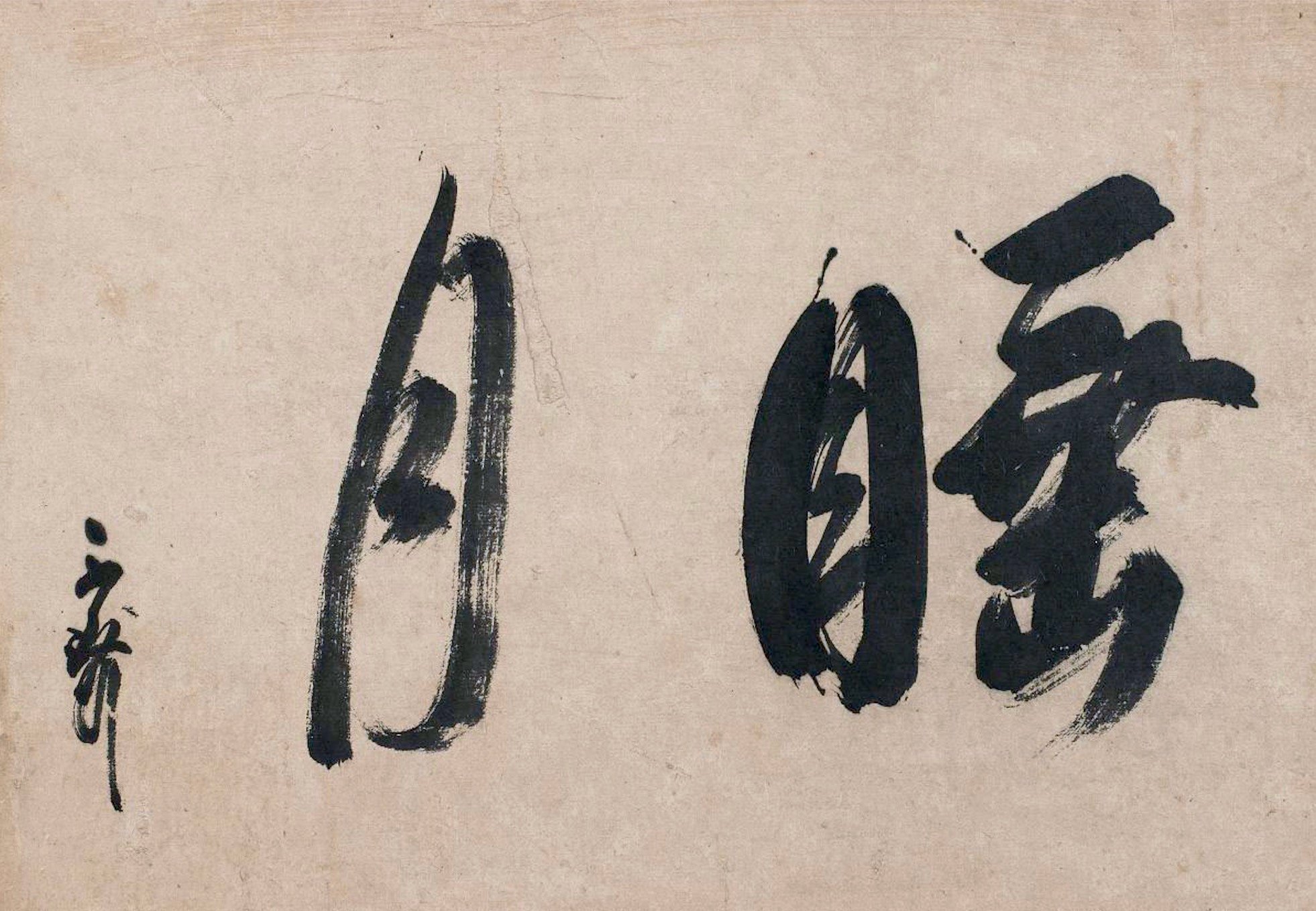Soen Nagatani
1681-1778
b. Ujitawara, Kyoto
Tea seeds was brought to Japan from china by the Zen monk Eisai in 1191. Tea cultivation started spreading, with mainly two types of tea produced. First was ‘Hikicha’ powdered tea made by grinding dried tea leaves in a mortar designed for grinding medicine. Refined and sophisticated, it was much admired by the affluent as a representation of wealth. Common people drank ‘Senjicha’ which was a less refined tea, the leaves were briefly boiled before serving, ranging from yellowish to reddish brown in colour.
Soen Nagatani studied various methods for producing tea for 15 years, finally succeeding in producing ‘Sencha’ vibrant green in colour and rich complex taste. Prior to his invention, tea leaves were processed by drying and lightly roasted in a hot pan ‘Kamairicha’, a technique inherited from China. For Sencha leaves were steamed briefly and kneaded to extract flavour from within. The method of brewing also changed, as the leaves were simply steeped in the hot water in a teapot. A method known at that time as ‘Dashicha’
Although he was not the first to steam the freshly picked leaves, as this method has existed prior. He was the very first to start to market tea from Uji. With his new sencha in hand he visited Edo and offered his tea to a tea merchant named Kahei Yamamoto. The New Sencha caused a sensation through the town, as it was tea as they have never tasted before. Since then the popularity of Sencha gradually increased to a point where it overtook Matcha as the predominant tea consumed daily.



